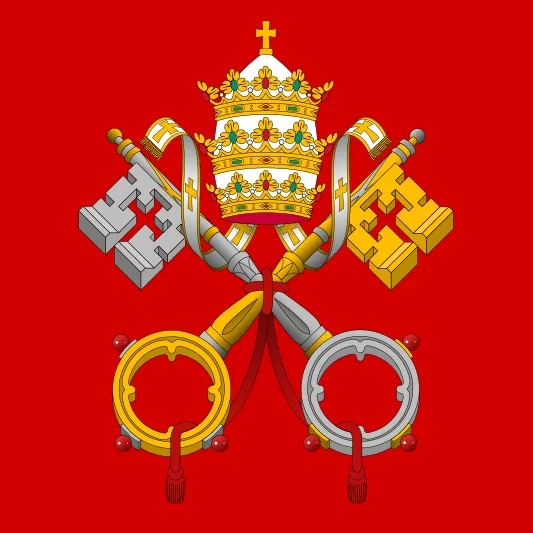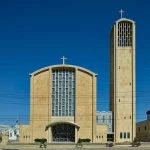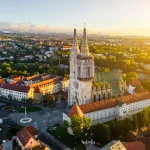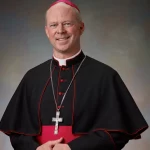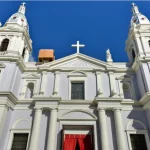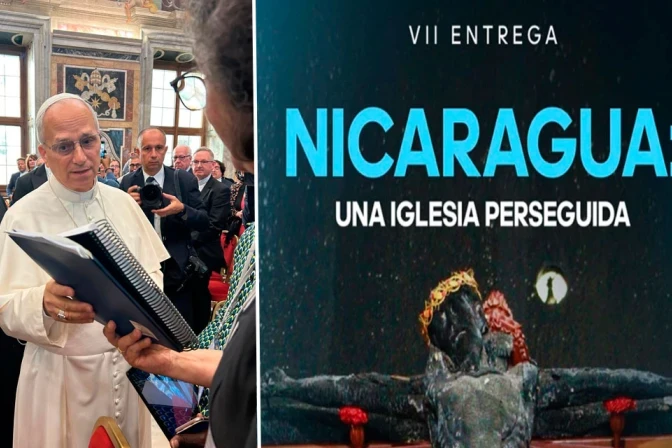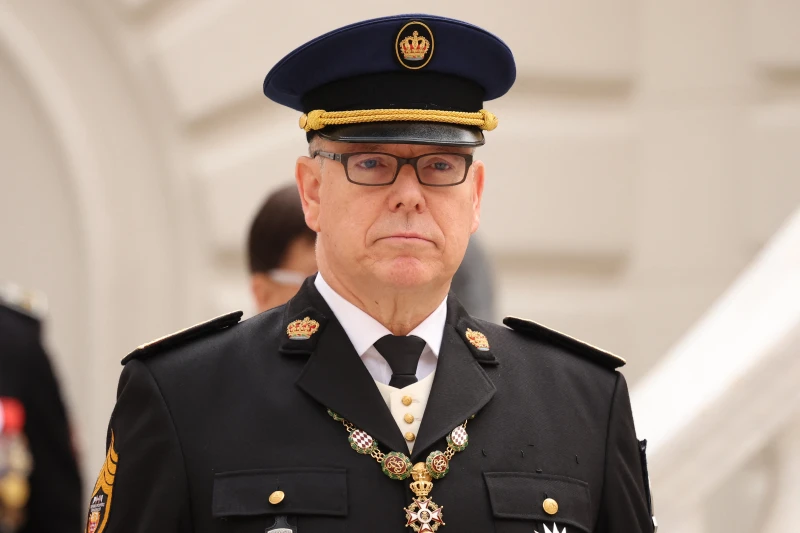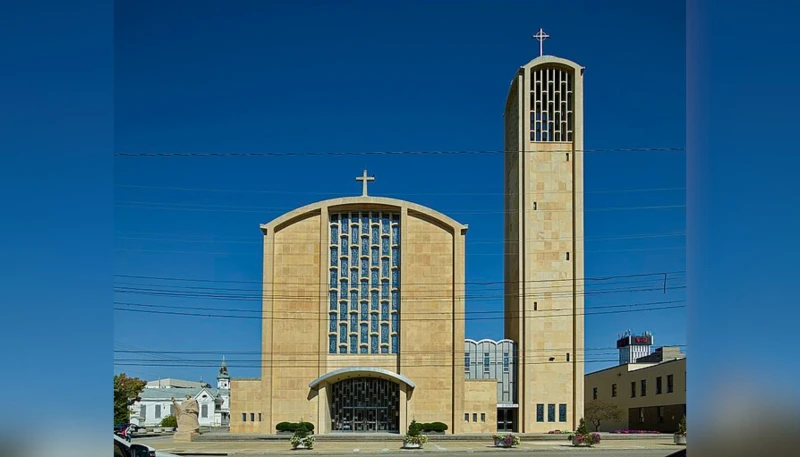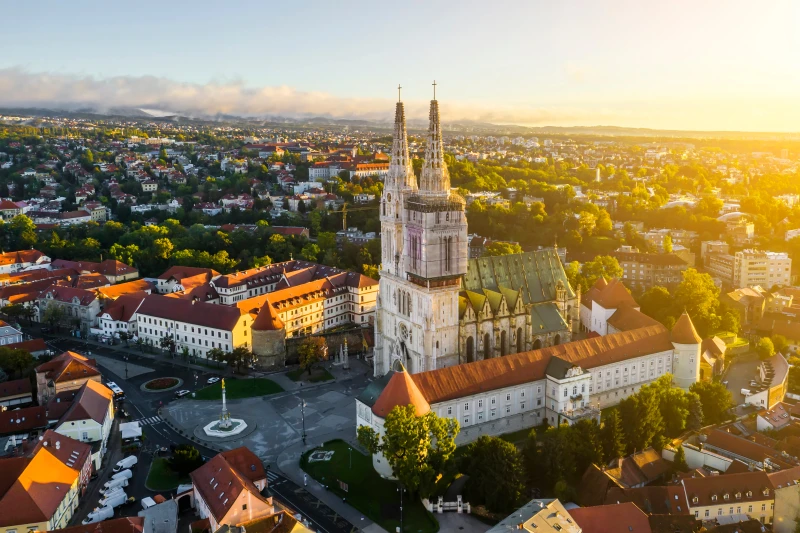
Pope Leo XIV receives the latest edition of the report “Nicaragua: A Persecuted Church,” by Martha Patricia Molina, on Oct. 2, 2025. / Credit: Courtesy of Muriel Saenz
ACI Prensa Staff, Oct 4, 2025 / 09:00 am (CNA).
Pope Leo XIV this week received the report “Nicaragua: A Persecuted Church” by researcher Martha Patricia Molina, which details the prohibition of more than 16,500 processions and acts of piety as well as more than 1,000 attacks against the Catholic Church by the dictatorship of President Daniel Ortega and his wife and vice president, Rosario Murillo.
Activist Muriel Sáenz, a Nicaraguan by birth who fled the dictatorship in the 1980s and now works to help immigrants in the United States, presented Molina’s report to Pope Leo on Oct. 2 during the Holy Father’s audience with participants in a Vatican conference on migrants and refugees.
“I am happy to know that my friend Muriel Sáenz has personally delivered to Pope Leo XIV the study ‘Nicaragua: A Persecuted Church,’ which is an expression of the Catholic Church and the Nicaraguan people that reflects the persecution of bishops, priests, and laypeople by the Sandinista dictatorship,” Molina told ACI Prensa, CNA’s Spanish-language news partner.
🇻🇦🇳🇮Registros de la brutal persecución religiosa en Nicaragua, fue entregado en manos del Vicario de Cristo, su santidad el Papa Leon XIV.
El estudio Nicaragua ¿Una iglesia Perseguida? de la doctora @mpatricia_m fue entregado por Miurel Saenz de Nicaragüenses en el mundo. pic.twitter.com/wloMQsIM9F
— Panorama Católico Nicaragua (@panoramacatolic) October 2, 2025
“The repression continues daily, and it is important that the Holy See knows that everything is being documented,” she stated.
Molina said she also sent Leo XIV a letter stating that the Catholic Church in Nicaragua is “in total communion with the pope and united in prayer despite the adversity and repression.”
Sáenz, founder of Nicaraguans in the World Texas, Inc., an organization that helps people present their asylum cases before immigration courts in the U.S., told ACI Prensa that she also presented Leo with letters from victims of the dictatorship, including priests, and gave him Nicaraguan coffee.
“I hope the pope continues his support in the global denunciation [of the dictatorship], since remaining silent only allows criminals to continue causing more and more harm. My intention is also for the world to learn about what is happening in Nicaragua, where the criminals who make people call them president and co-president have an entire country — which has no weapons to defend itself — in their hands,” Sáenz said.
“If one does not obey their absurd demands, one is shamelessly imprisoned in inhumane conditions, enduring degrading treatment and torture. Priests and laypeople are not exempt from such treatment. I am sure that if we manage to force [the regime] to leave, the more than 1 million Nicaraguans scattered around the world would return tomorrow,” she added.
On Aug. 23, Pope Leo XIV received three bishops in an audience at the Vatican: Bishop Silvio Báez, who was confirmed by the Holy Father in his position as auxiliary bishop of Managua, although he has been in exile since 2019; Bishop Isidoro Mora of Siuna; and Bishop Carlos Herrera, president of the Nicaraguan Episcopate, who is in exile in Guatemala.
“He encouraged me to continue my episcopal ministry and confirmed me as auxiliary bishop of Managua. I sincerely thank him for his fraternal welcome and his encouraging words,” said Báez, who currently resides in the United States, regarding his meeting with the pope.
The seventh edition of the report “Nicaragua: A Persecuted Church” was released on Aug. 27.
Molina explained that the ban on processions has been intensified since 2022 and that the dictatorship imposed this measure annually throughout the country, but the report does not consider all parish churches or chapels, which number 400 in Managua alone.
“So the figure presented in the study could be at least three or four times higher than what is being recorded,” she pointed out.
In an interview with the Spanish-language edition of EWTN News, Molina explained that so far in this year alone, 32 attacks against the Church by the dictatorship have been recorded, a figure that could be much higher, considering the increasing control of the Ortega-Murillo government.
“There is constant surveillance of priests and bishops. Some of them are even followed 24 hours a day,” Molina said, adding: “The clergy meetings held by bishops with priests continue to be constantly monitored by the police, who take photographs and videos of the religious who attend.”
This story was first published by ACI Prensa, CNA’s Spanish-language news partner. It has been translated and adapted by CNA.
